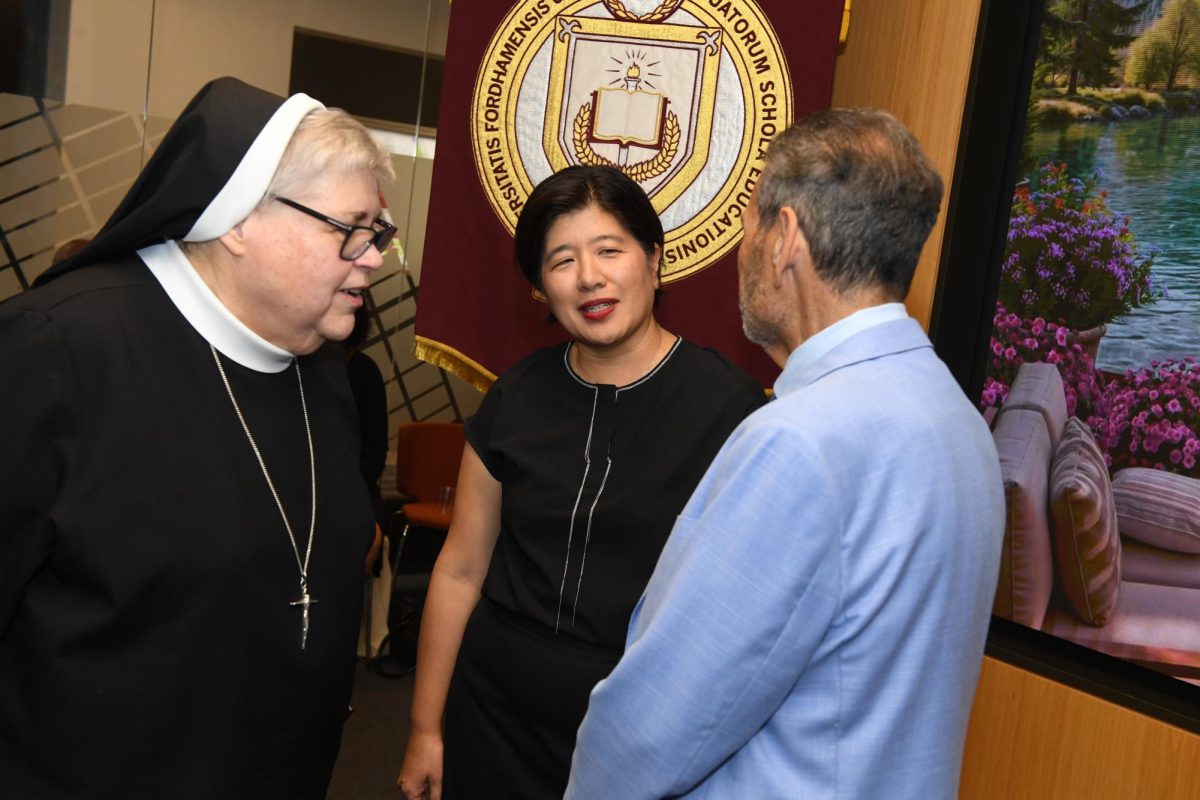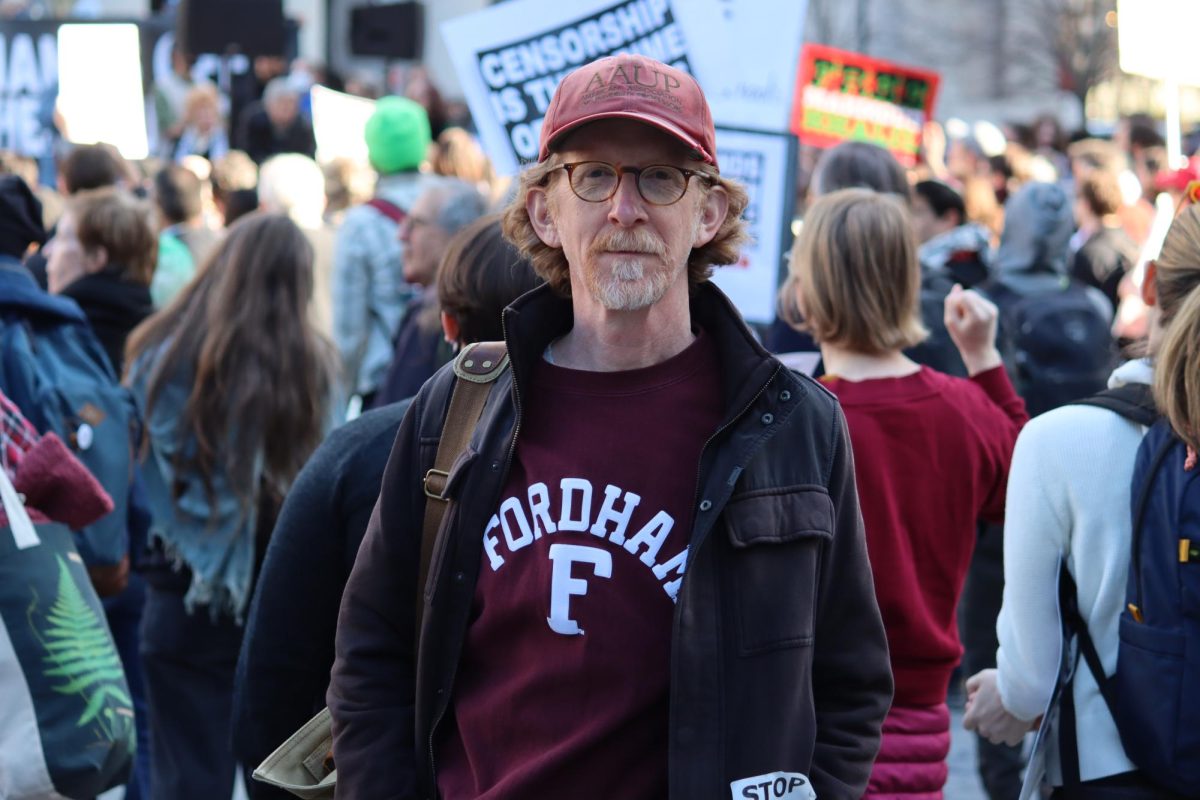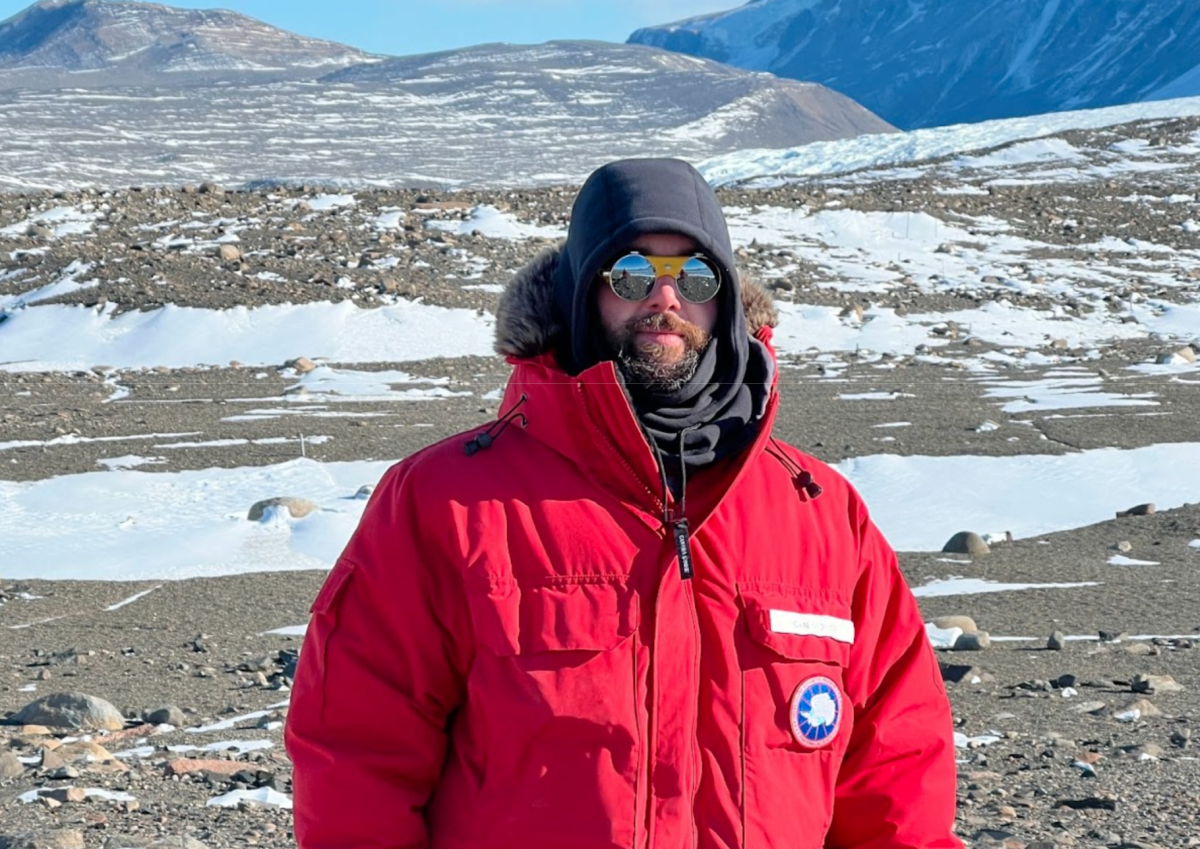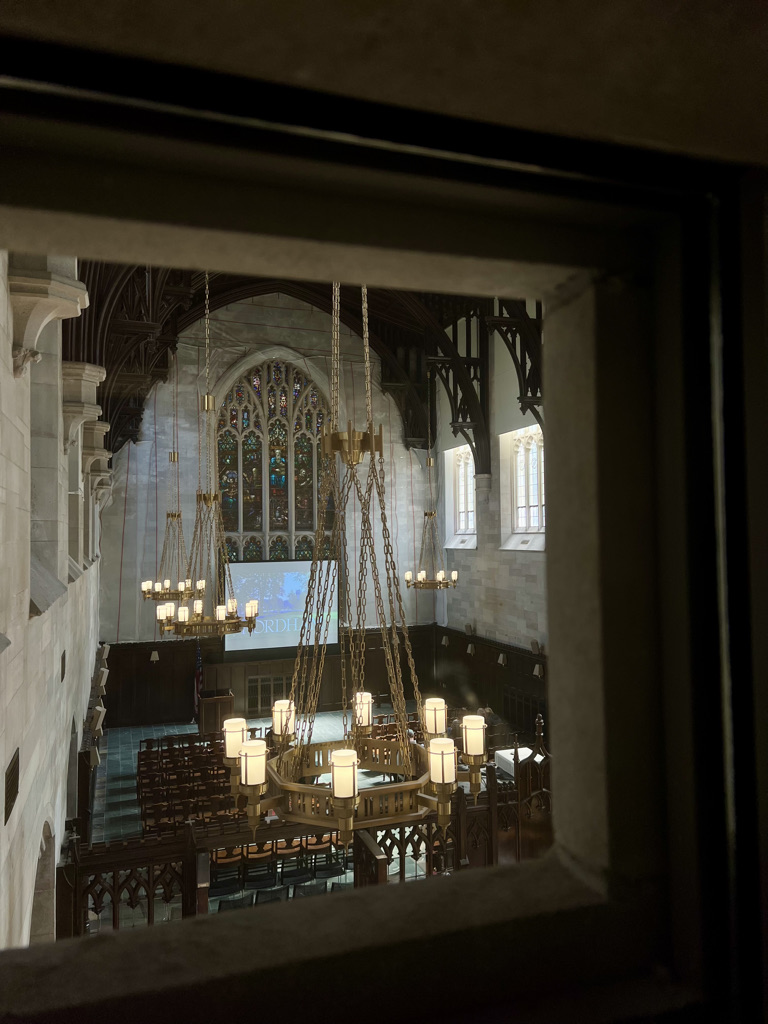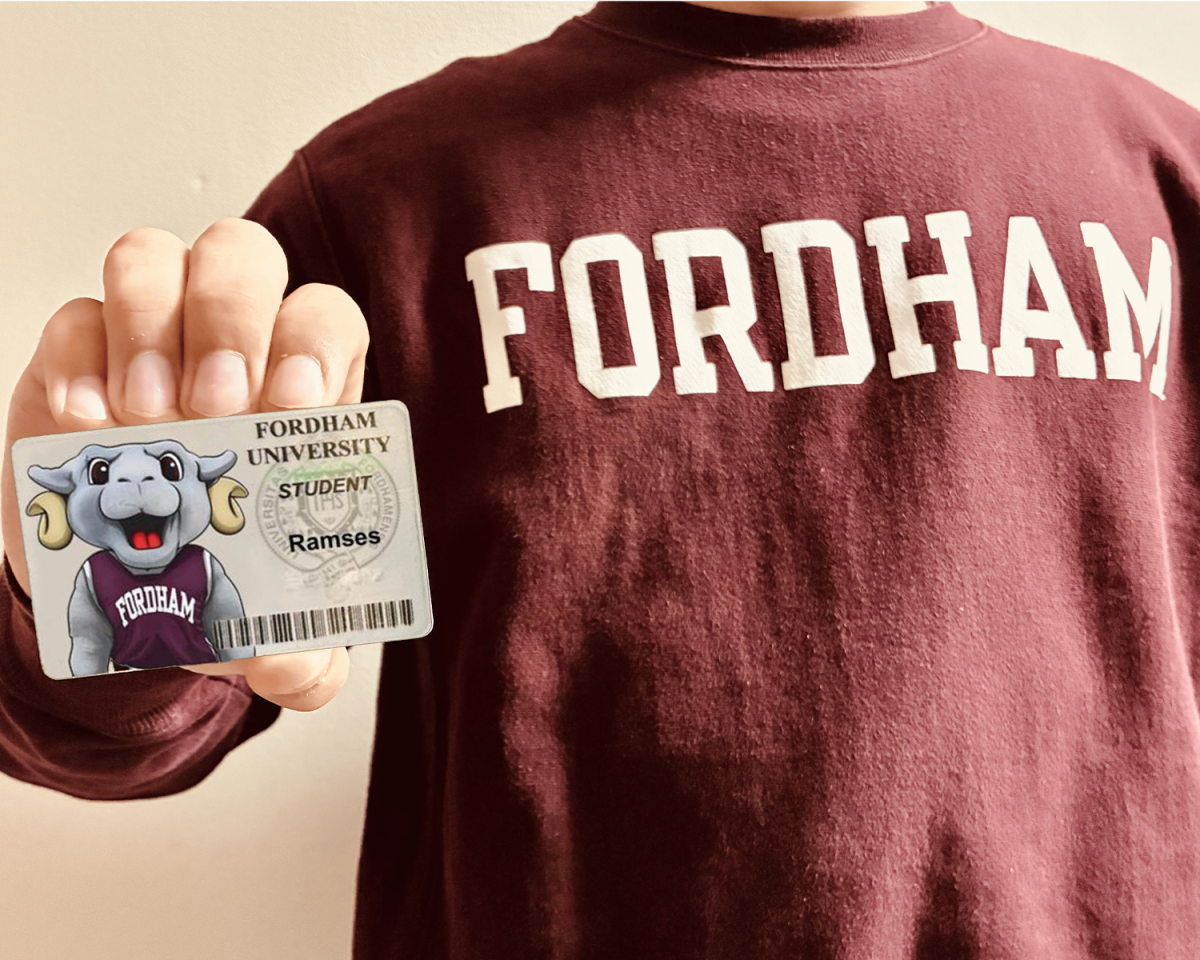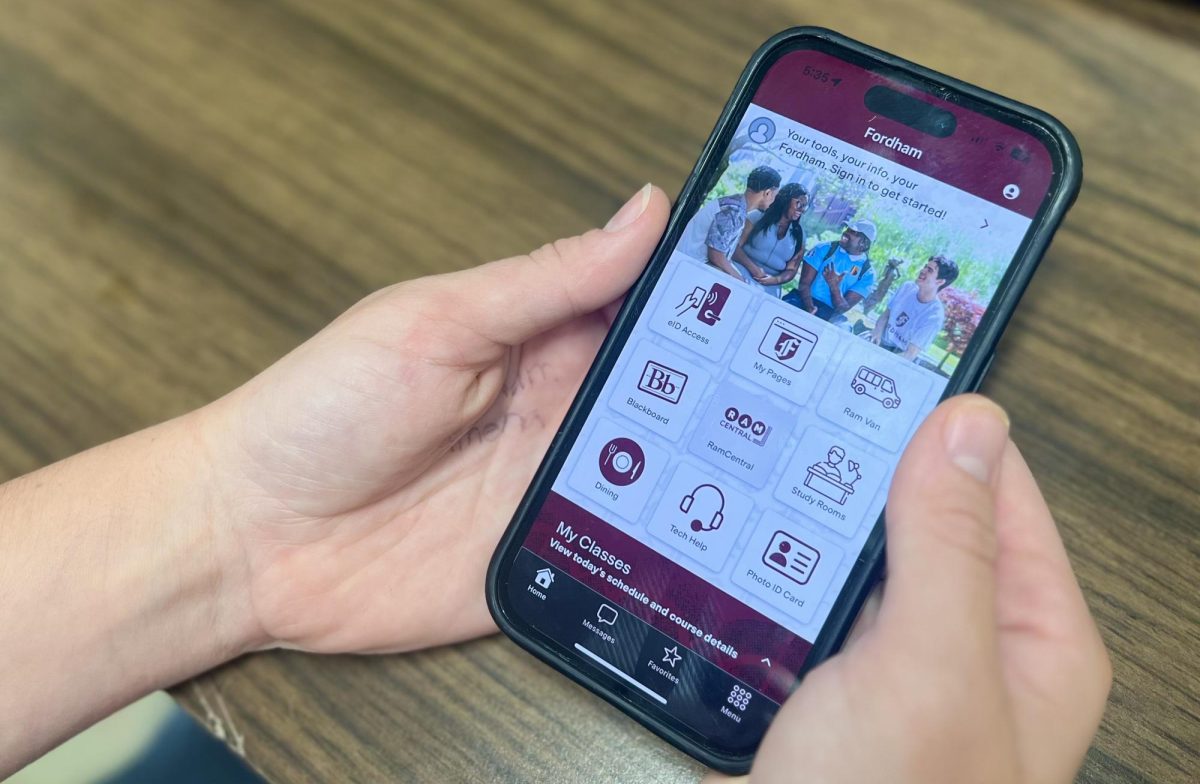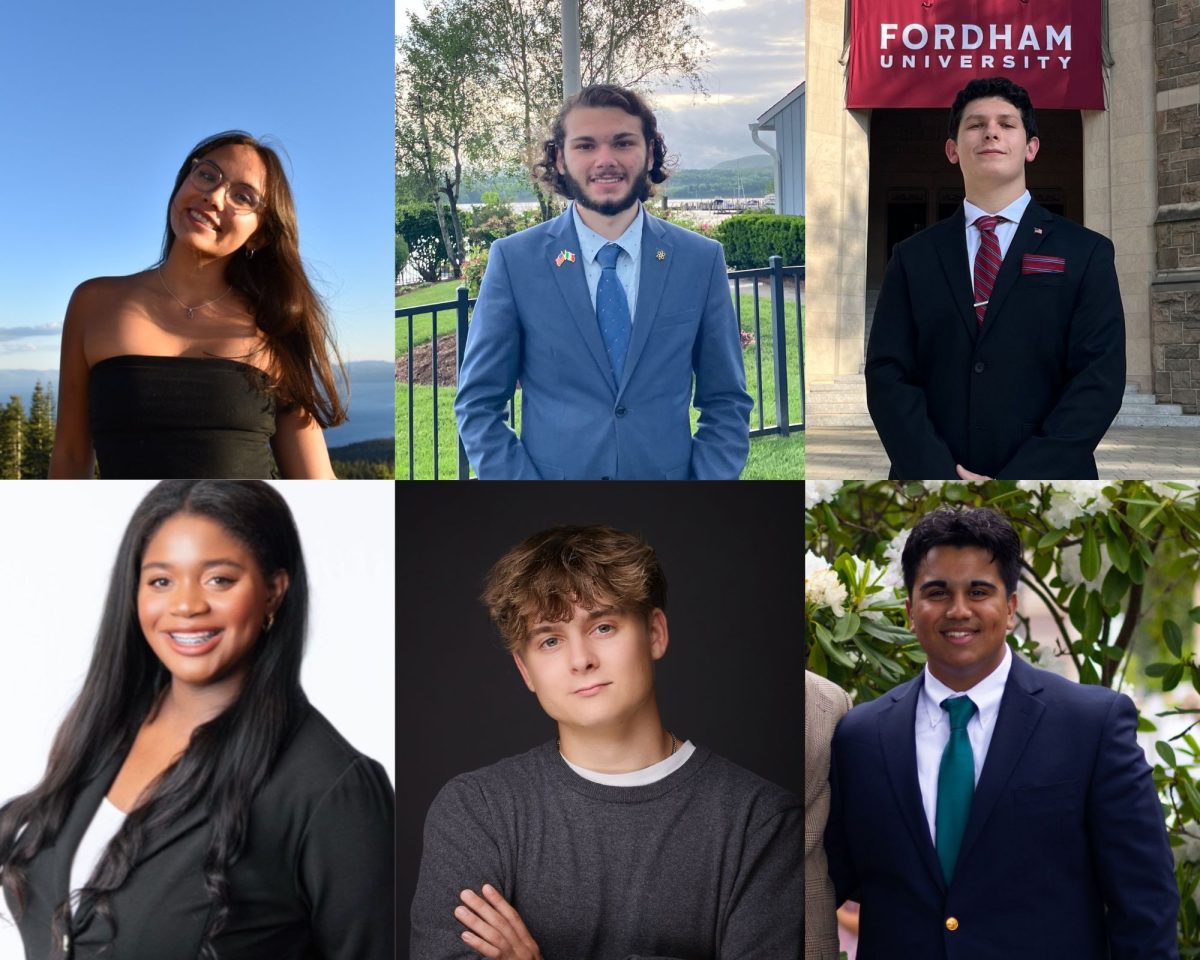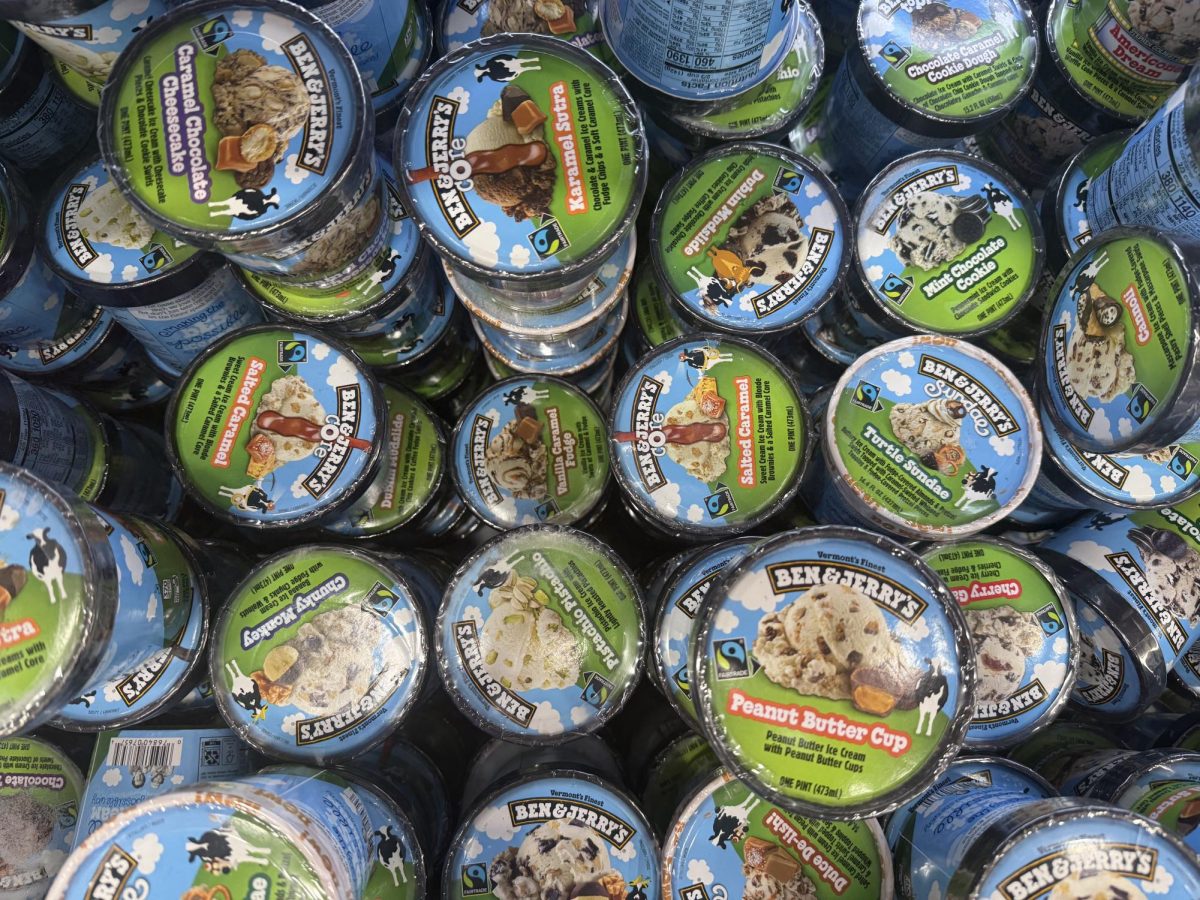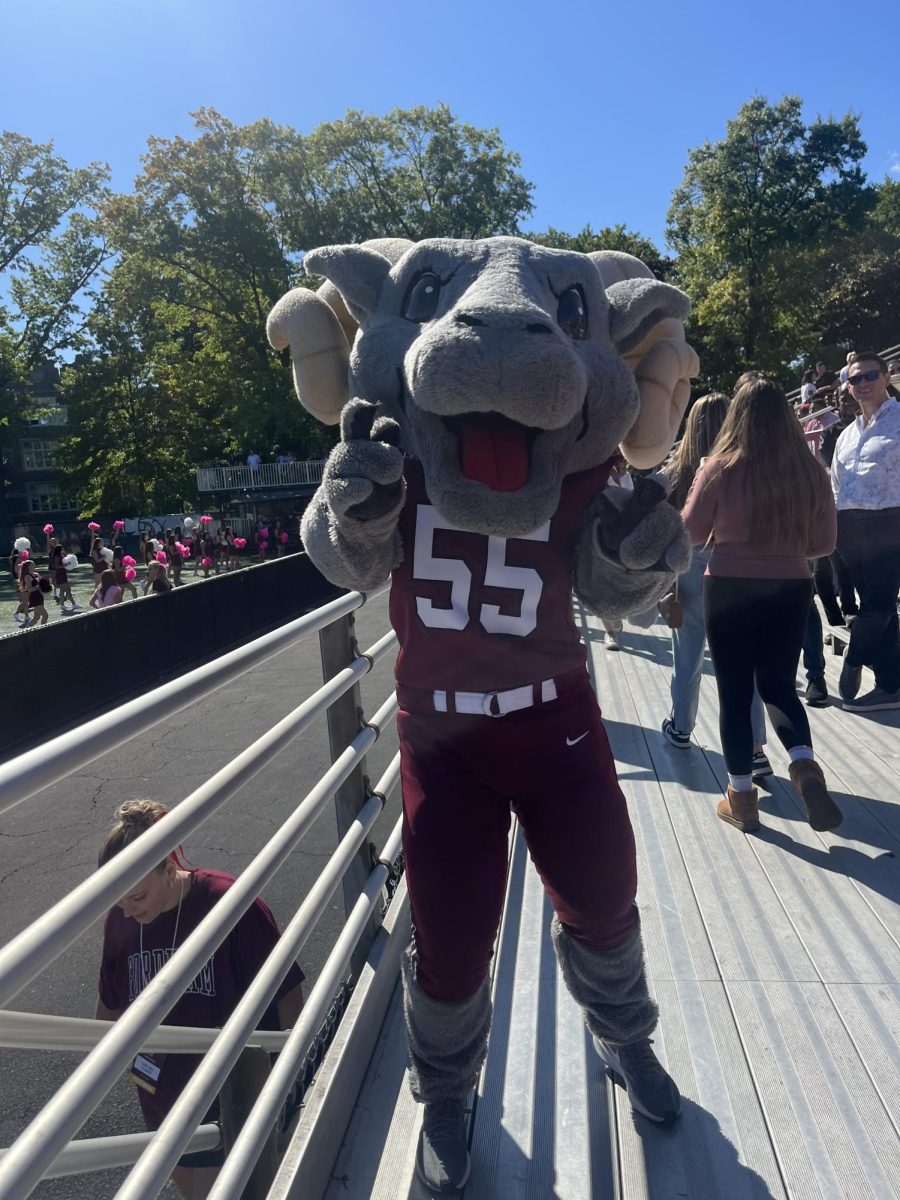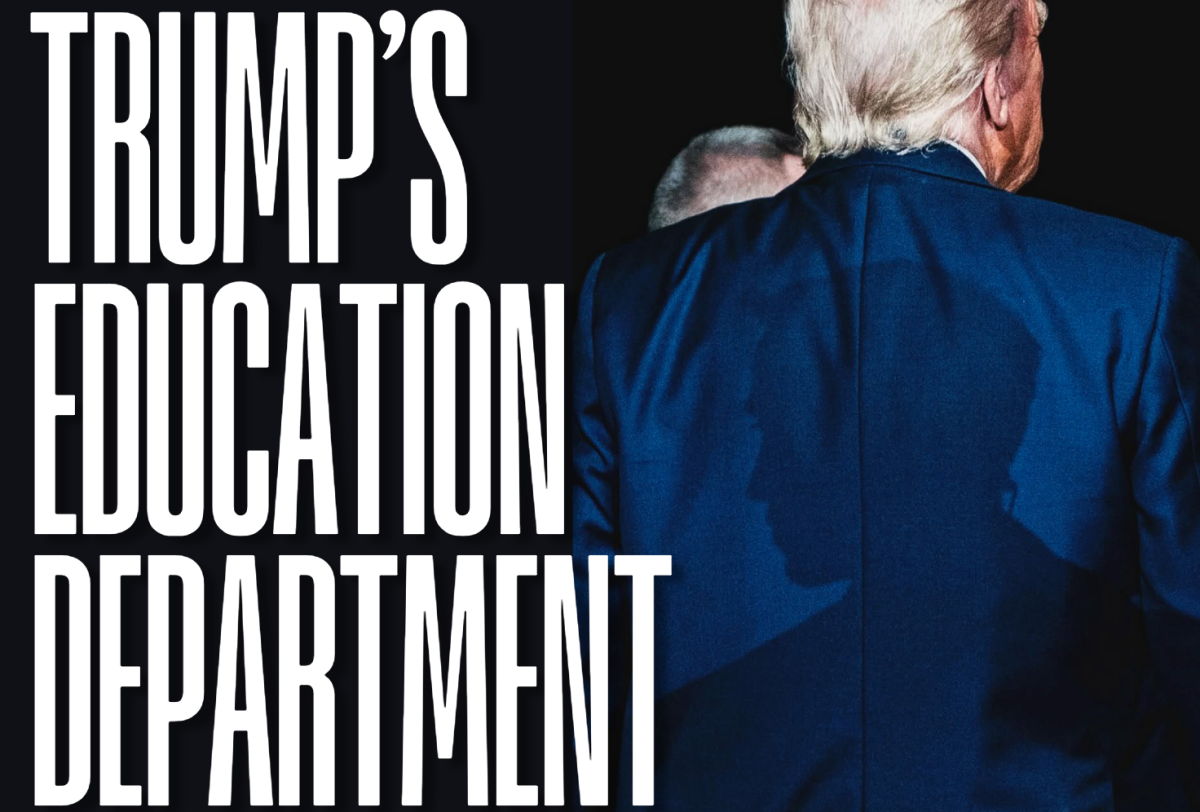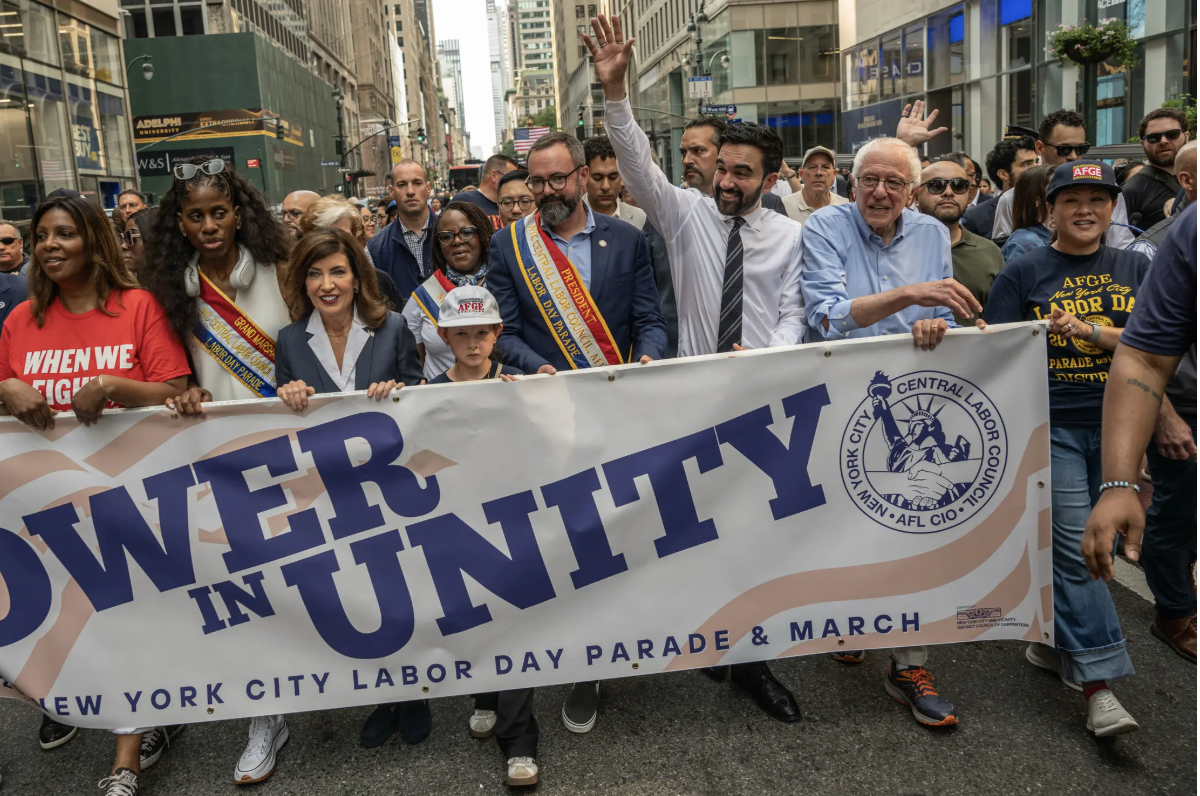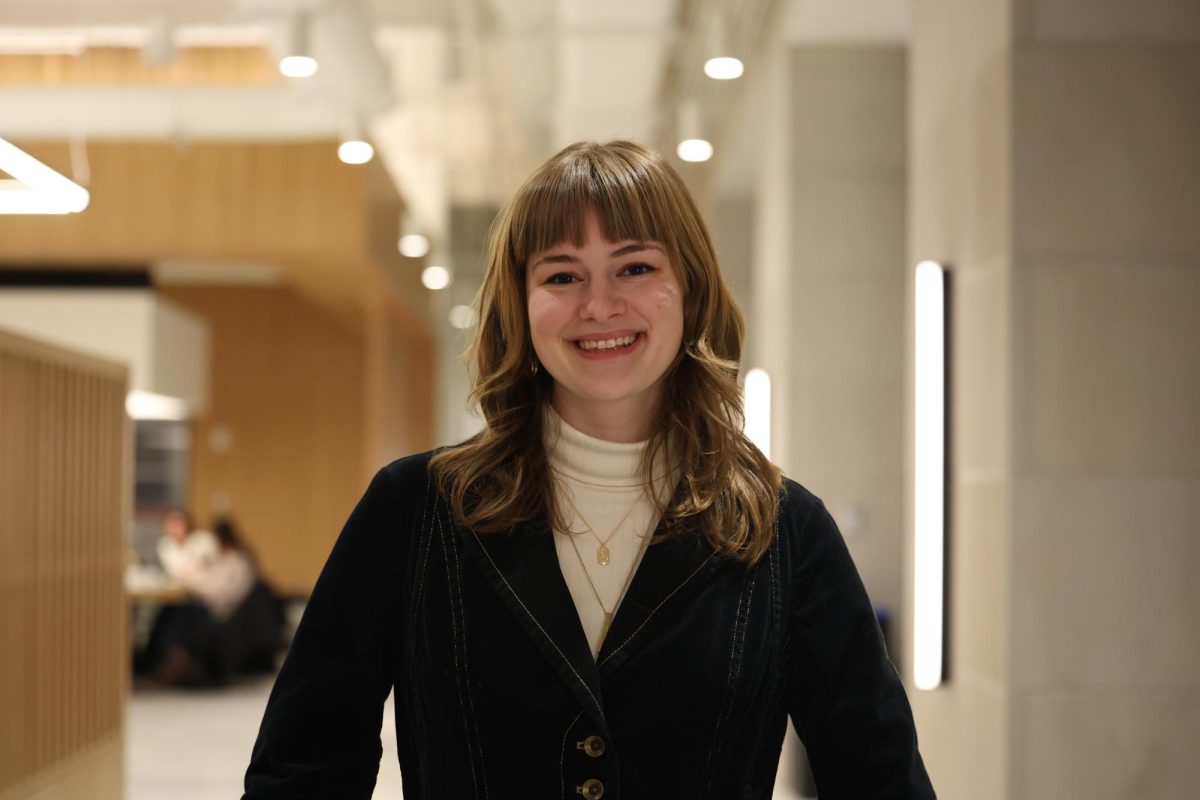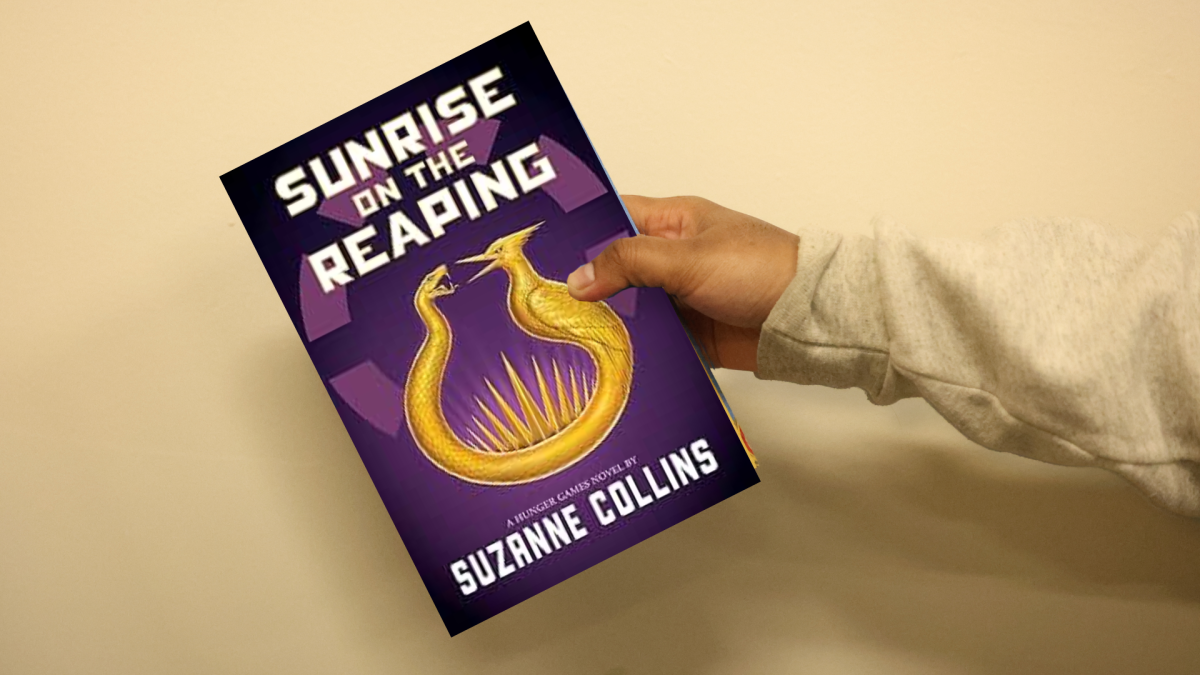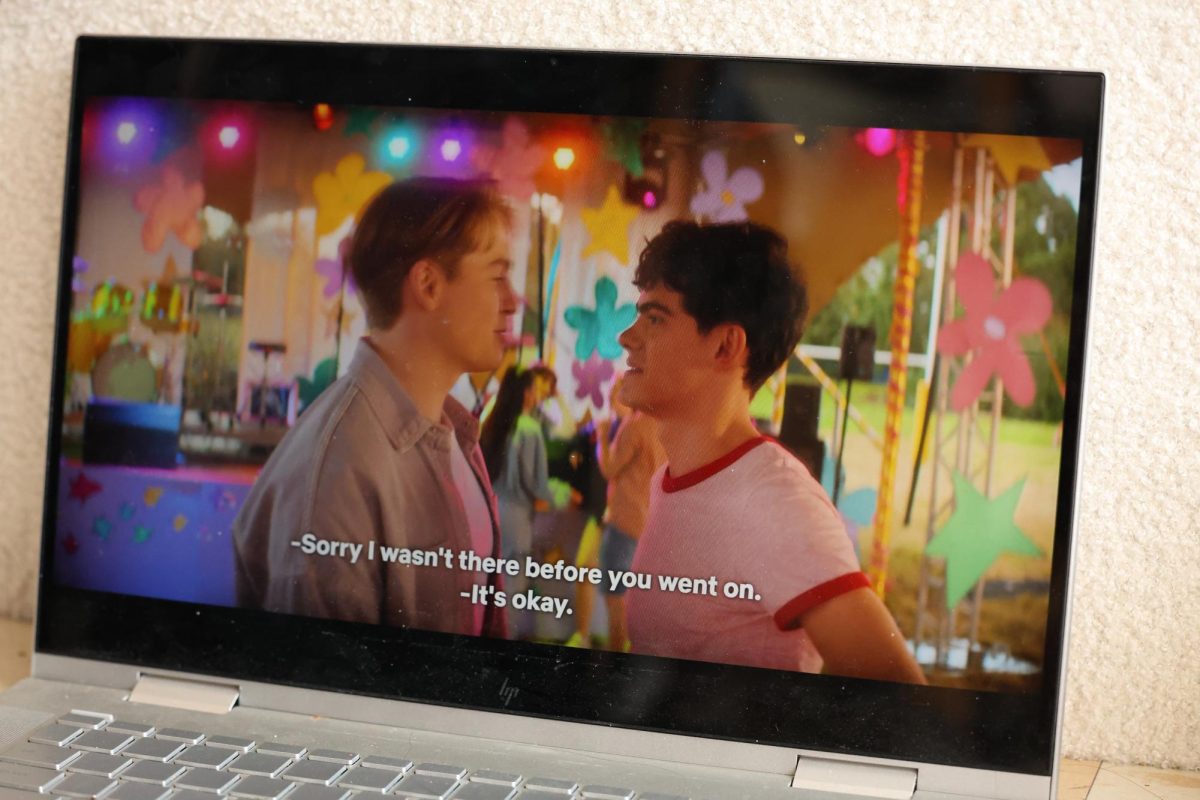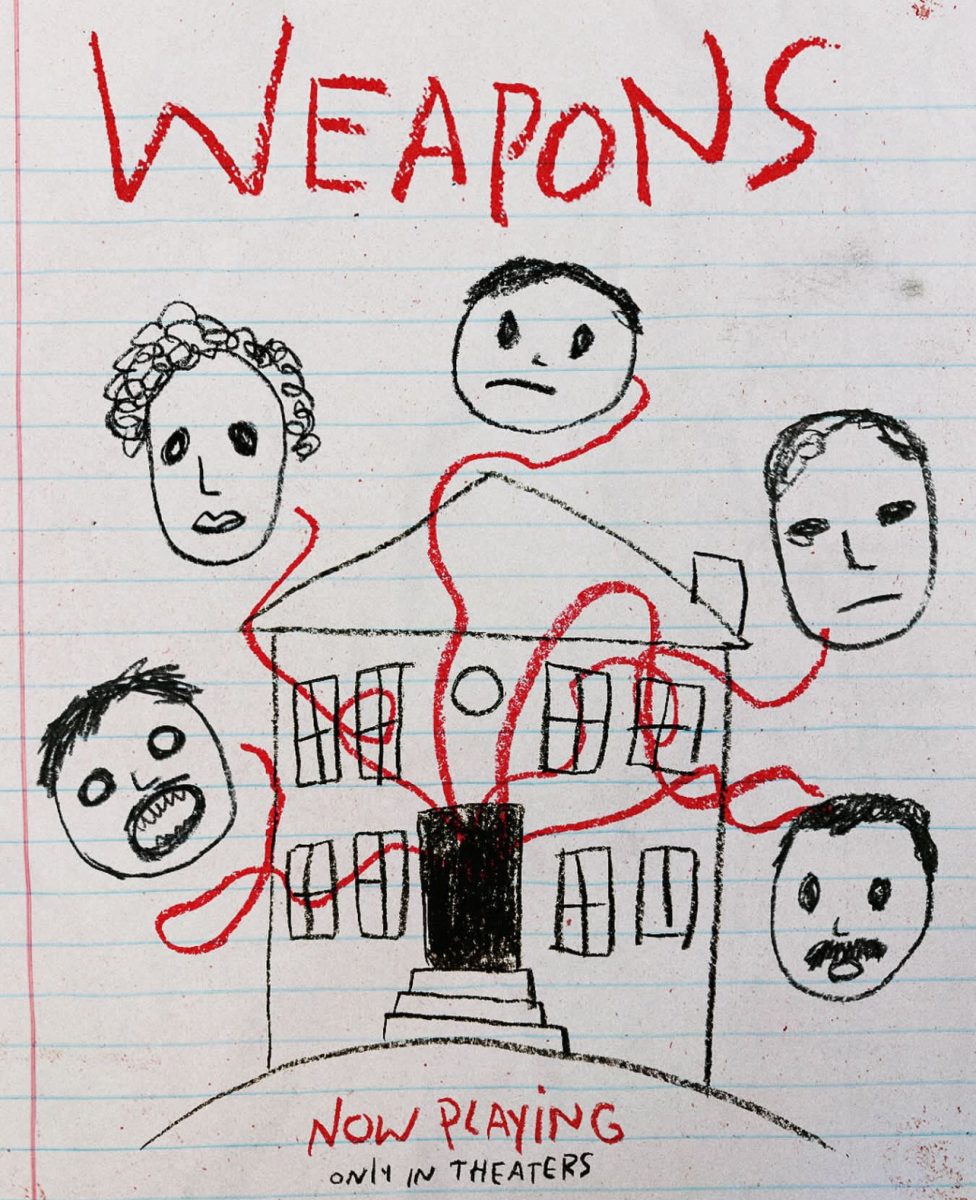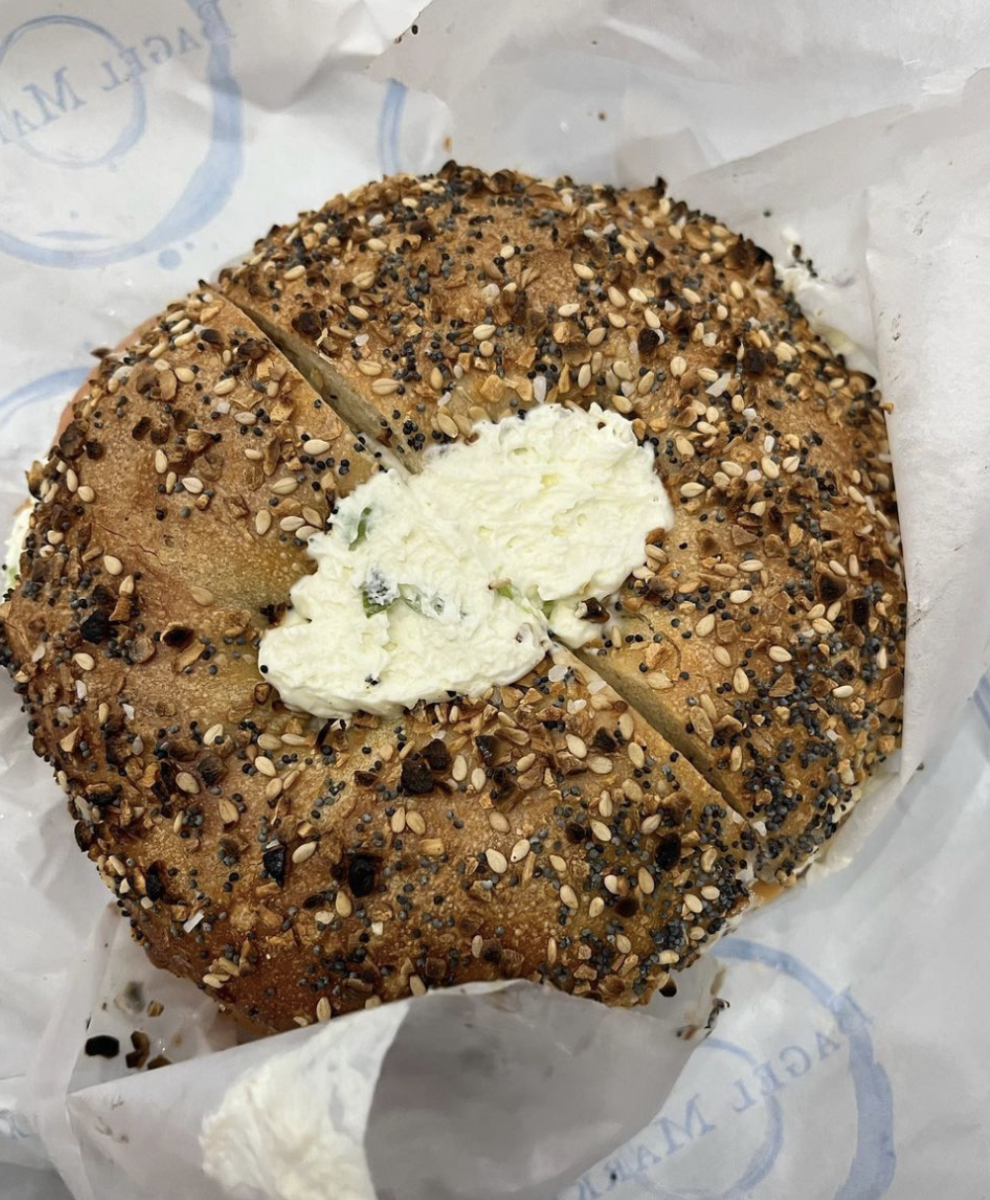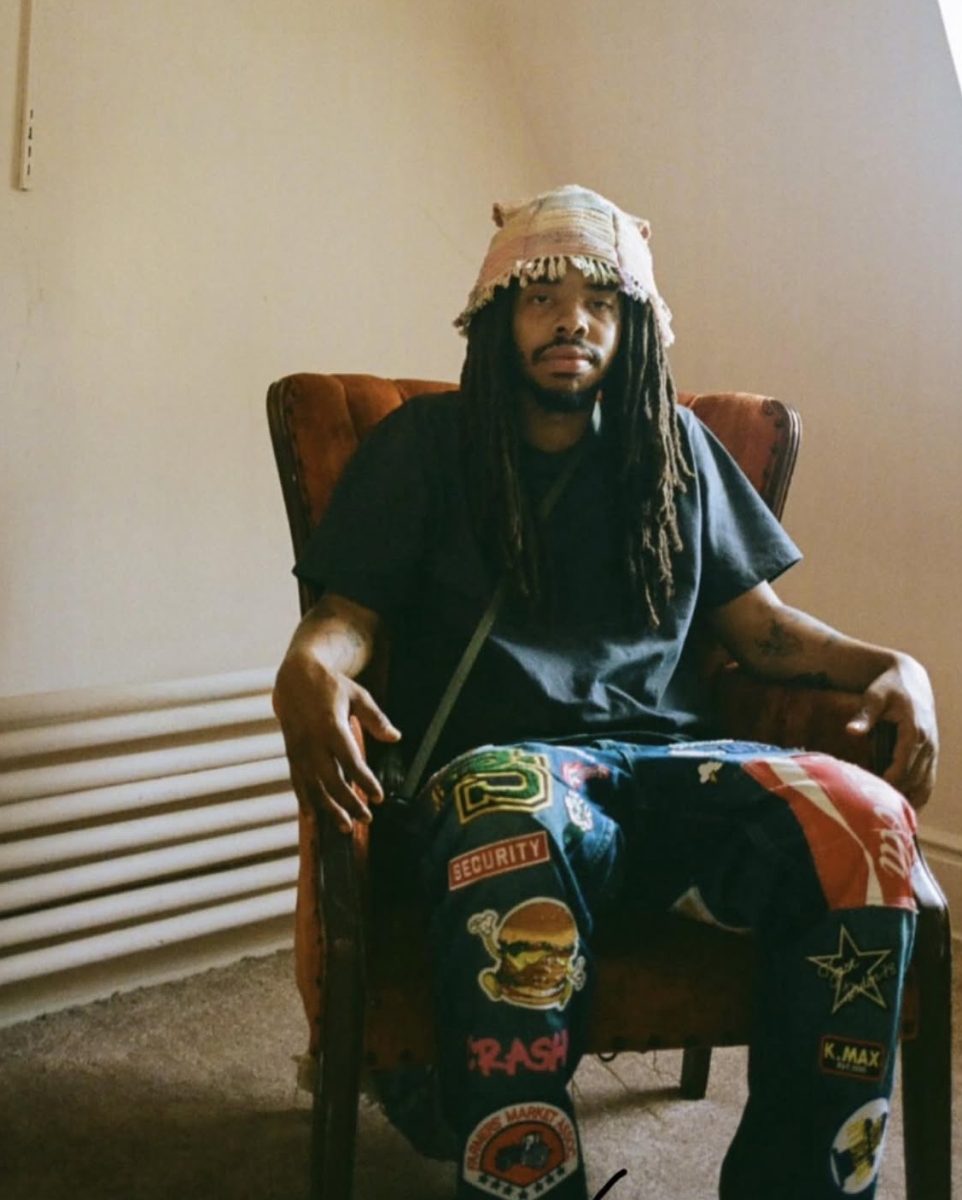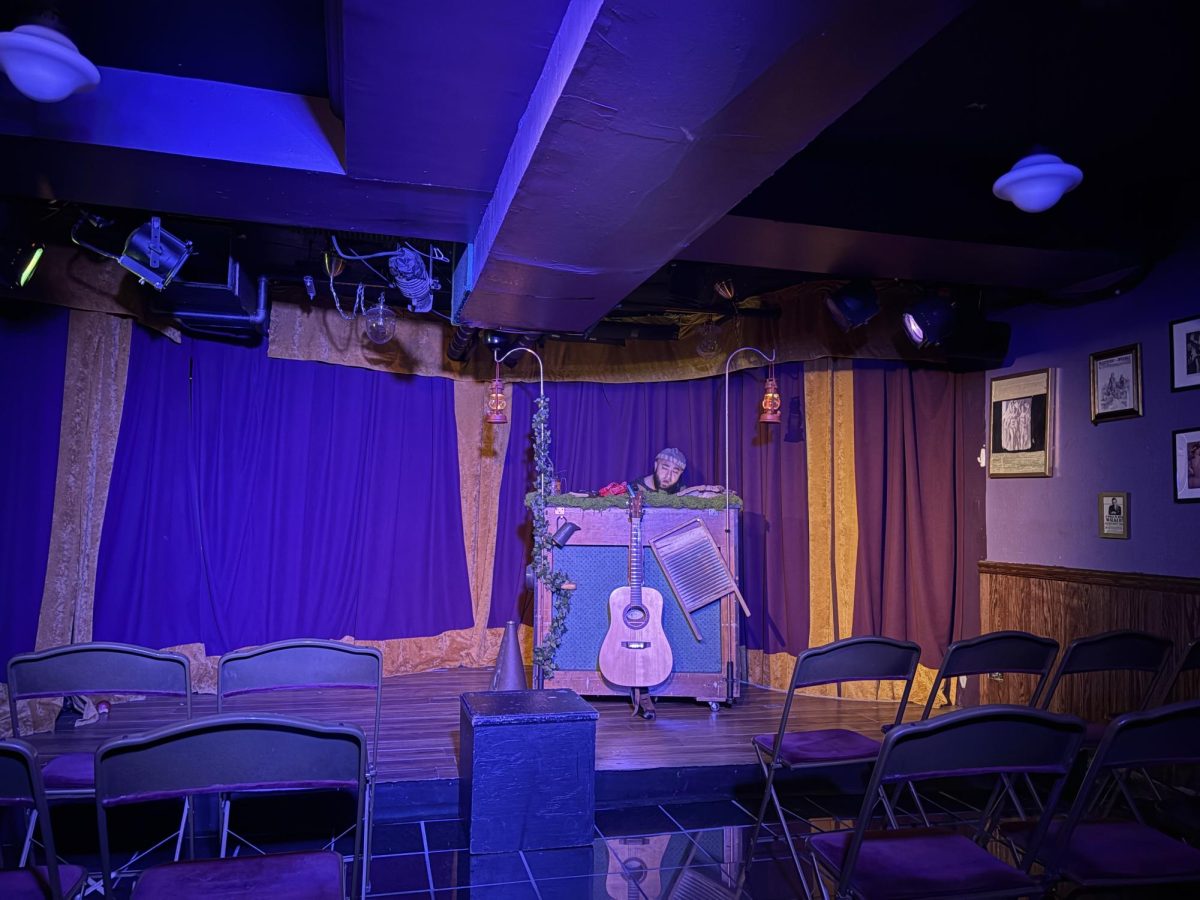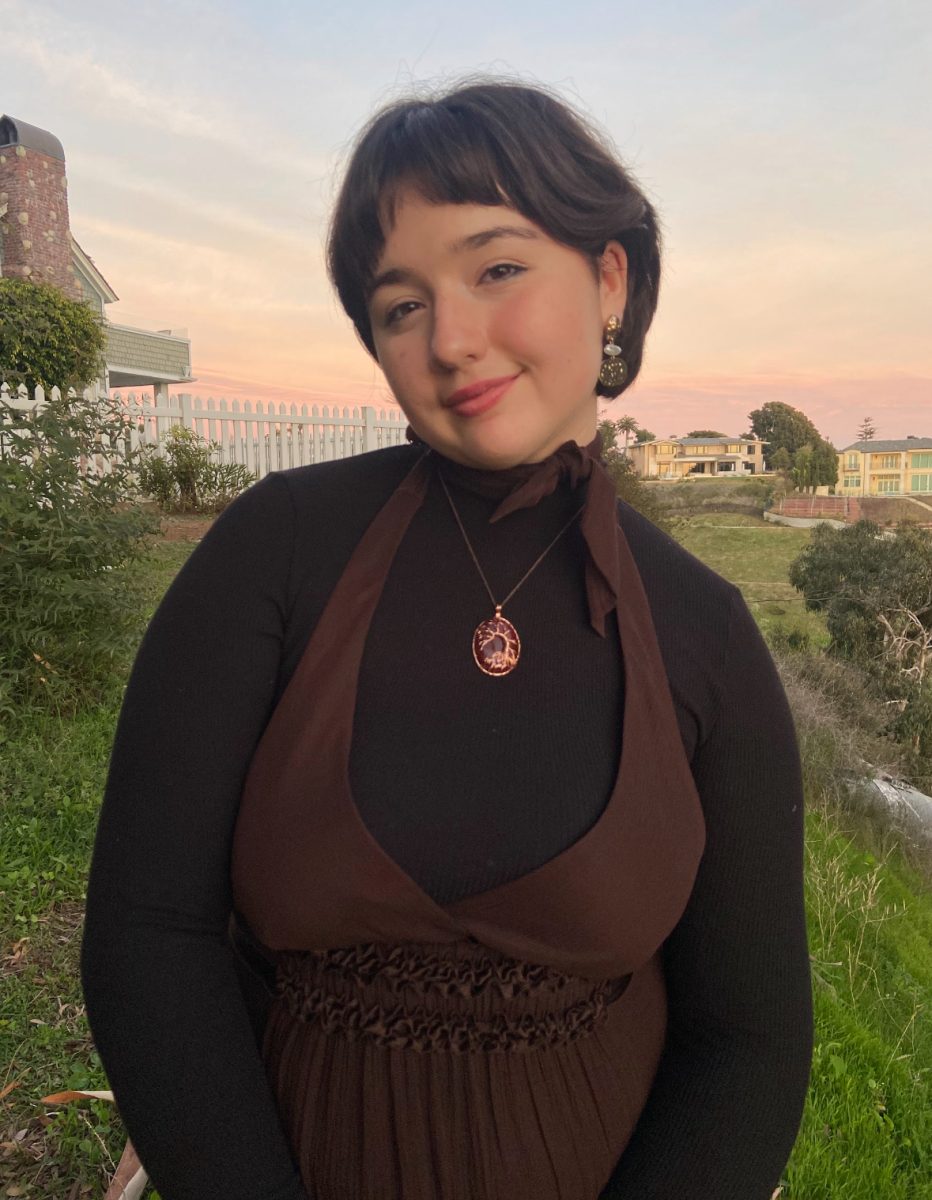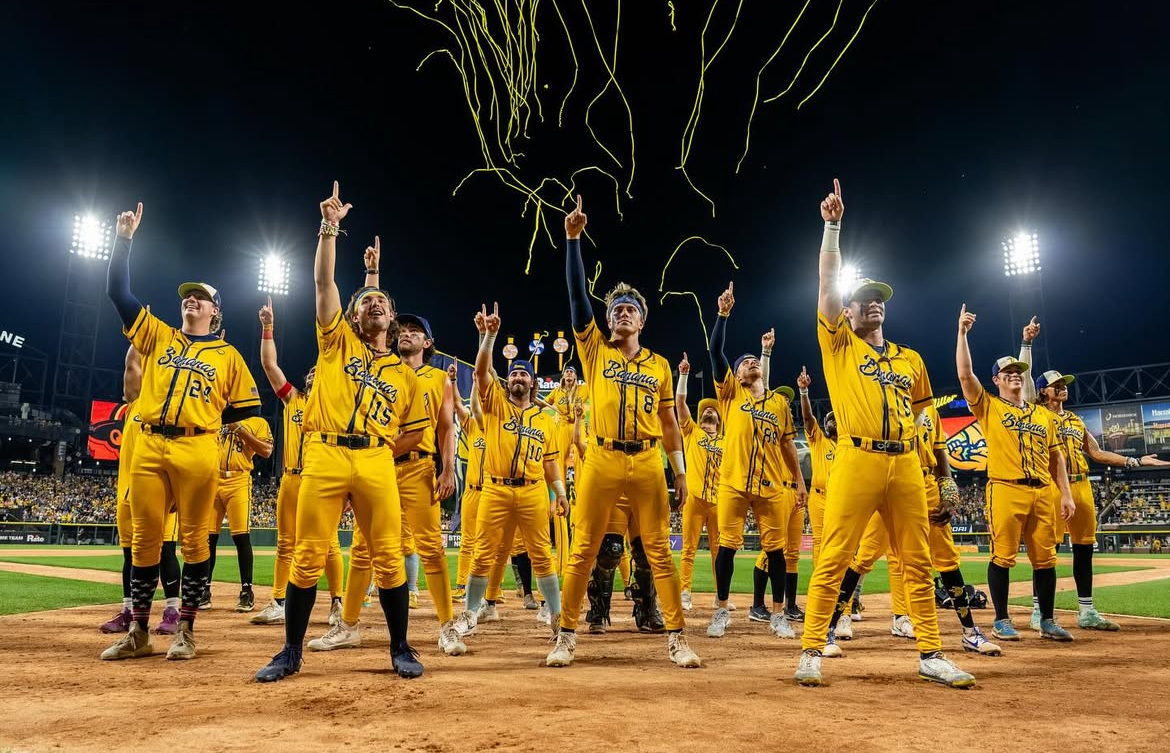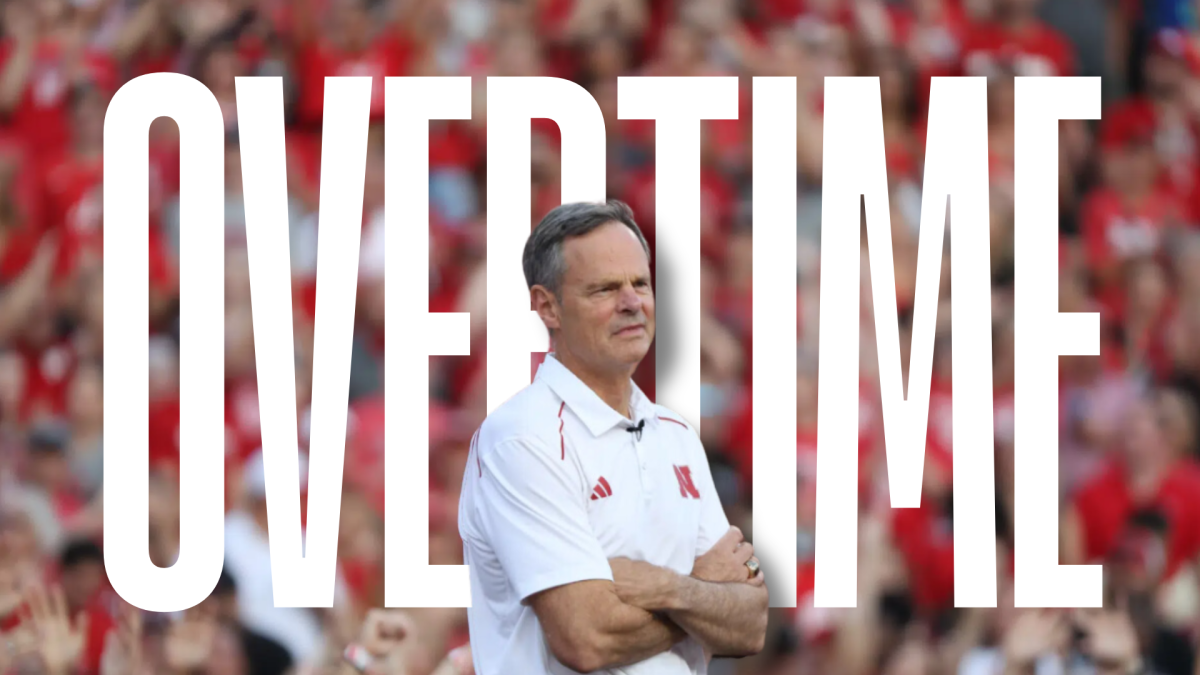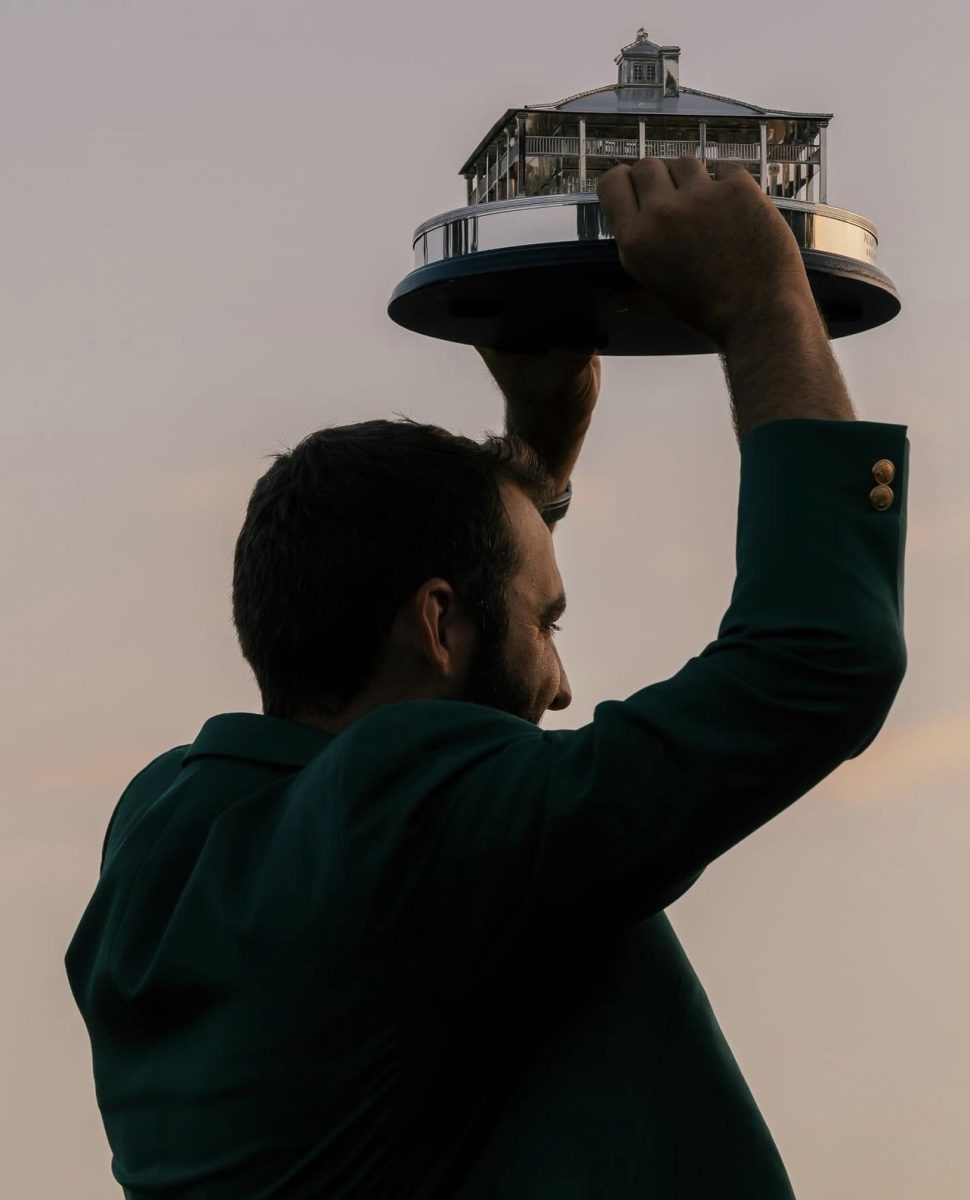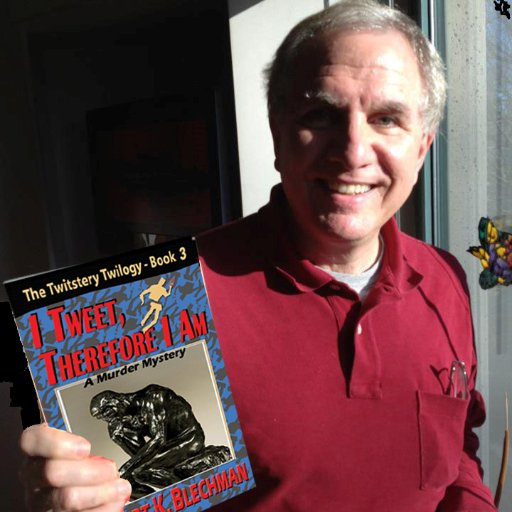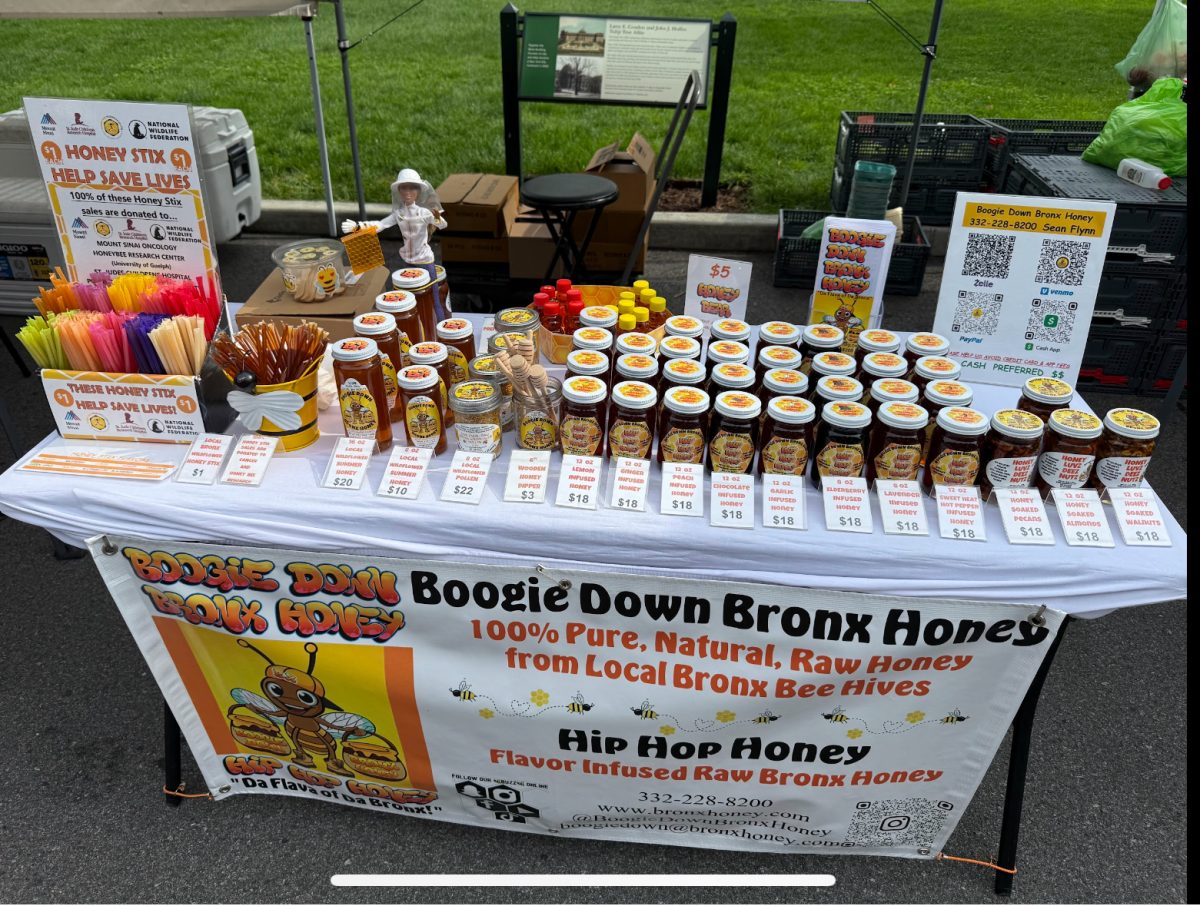By Bailey Hosfelt
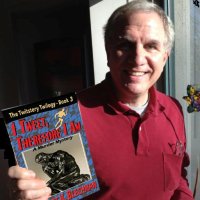
Robert K. Blechman teaches introductory and social media courses in the department of communications and media studies at Fordham University. However, he has taken his understanding of one online platform a step further with his latest project.
Beginning in 2009, Blechman began live-tweeting twitstery twilogy (Twitter mystery trilogy), creating three full books which follow protagonist Police Detective Arkaby, an investigator who, in addition to doing things by the book, also tweets every step of his investigations.
Having released the third book in the series, “I Tweet, Therefore I Am” as an Amazon eBook on Jan. 16, Blechman spoke to The Fordham Ram in a phone interview about his idea to take to Twitter for storytelling, his creative process and his projects to come.
The Fordham Ram: Did you get any outside inspiration to start live-tweeting your books or was it something you pioneered yourself?
Robert Blechman: I started in 2009, so I was among the first to try to tweet an actual story. There are several attempts to take existing texts and just post them as Twitter accounts in 140 characters at a time. But mine was, I think, the first live-tweeted book.
TFR: What did the timeline look like when tweeting?
RB: I started out with some ideas in mind, no real idea where I was going with the story. I set up a premise for myself and had a general story arch, but I just let the story take me where it would over the course of 15 months. I tweeted twice a day. I used the metaphor of the newspaper comic strip where you have three to four panels of storyline per day.
TFR: Did you always have the intent to make it a trilogy?
RB: I hadn’t thought about pursuing it further, but I did get a lot of positive feedback on the first book and also a lot of questions. People asked me about some issues that I brought up in the first book that hadn’t resolved, so I thought, “Let me see if there was more story here.”
TFR: Do you have a favorite of the three?
RB: When I wrote the first book, I was really being succinct, telling it in a minimalist sense. How little could I actually post and still create the narrative? I let it go further in the second two books. I didn’t have a deadline I had to meet. I didn’t have any commitment to a publisher. I was able to write at a more leisurely pace. The first book might be more of a pure Twitter novel in that it’s really trying to get the point across in the least amount of space as possible. In the second and third books, I was playing around with different ideas.
TFR: Did not having deadlines help the creative process?
RB: A lot of the material we consume is on a time clock, but I could sit back and say, “I don’t have to worry about getting this done by Thursday. I can let this go as long as it takes to tell the story.” But on the other hand, I was under a rigorous schedule. I posted for the newer books three times a day and the deadlines to post a book were 9 a.m., noon and 9 p.m. I did that rain or shine. Sick or healthy.
TFR: Now the three stories are available online. What was the process like transitioning them from Twitter to eBooks?
RB: When I first started tweeting in 2009 I didn’t intend to bring it out as a book. I was just testing if it could be done. Can I maintain a narrative? I was about halfway through the current book story when I got an email [from a publisher] that said, “I’ve been following you on Twitter, and I like what you’re doing. Are you going to bring it out in print?” And I thought he was kidding because it hadn’t occurred to me to publish what I was tweeting. But he responded that he’d like to publish my story. He was from Neopoisis Press, took the tweets as they appeared on my account and brought them out in book form.
TFR: Do you have any plans in the future to start another series on Twitter or in a more traditional form of storytelling?
RB: I have notebooks that I kept as a college student, and I haven’t looked at them in 40 years. I’m going to start going through them now. I always thought there was a kind of message that I was writing to my older self. If I think there’s material to fictionalize in that, that would be my next work. But I’m just at the beginning of that.
TFR: Have you given any insight to your students regarding how to kick-start a creative project on social media?
RB: I haven’t heard back from them that I inspired them to be an author, but one thing I tried to express to my students was that I was consistently surprising myself. I would start writing something and one of my characters would go off on a tangent or the narrative would go in a direction I hadn’t intended. They talked about how the ancients were inspired by muses. And sometimes I really felt that. I would look at what I just tweeted and look at it like, “Where did that come from?” I enjoyed continuously surprising myself.





